Introduction
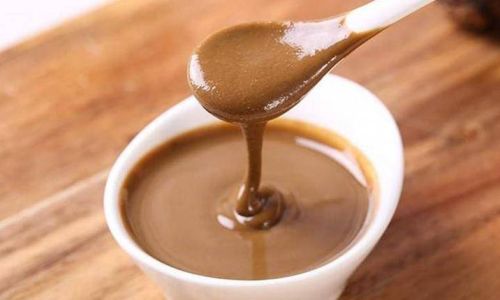
Sesame paste, also known as tahini in various cultures, is a staple in many cuisines worldwide. Its rich, nutty flavor and creamy texture make it an indispensable ingredient in dishes ranging from dips and spreads to desserts and baked goods. While store-bought sesame paste can be convenient, making your own at home offers a sense of accomplishment and allows you to customize the taste and texture to your liking. This comprehensive guide will walk you through the process of how to make sesame paste from scratch, highlighting key steps, tips, and tricks to ensure a successful outcome.
Understanding Sesame Seeds
Before diving into the recipe, it’s crucial to understand the basics of sesame seeds. Sesame seeds come in various colors, including white, black, and brown, each with its unique flavor profile. White sesame seeds are mild and slightly sweet, making them ideal for making a classic, versatile sesame paste. Black and brown sesame seeds, on the other hand, have a stronger, nuttier flavor and are often used in more specialized dishes or to add depth to the paste.
When selecting sesame seeds for your paste, look for seeds that are fresh, whole, and free from any signs of mold or rancidity. The quality of the seeds will directly impact the final taste and texture of your sesame paste.
Equipment and Ingredients
To make sesame paste, you’ll need a few essential pieces of equipment and ingredients:
- Sesame seeds: As mentioned, choose high-quality seeds based on your preferred flavor profile.
- A food processor or blender: A powerful blender or food processor is crucial for grinding the seeds into a smooth paste.
- A heavy-bottomed pan: For toasting the seeds, a pan with a thick bottom distributes heat evenly, preventing burning.
- A wooden spoon or spatula: For stirring the seeds during toasting.
- Neutral oil (optional): Such as grapeseed, sunflower, or canola oil, to help achieve a smoother consistency if needed.
- Salt (optional): To enhance flavor.
- A measuring cup and spoons: For accurately measuring ingredients.
- Storage containers: Airtight containers to store your freshly made sesame paste.
Step-by-Step Guide to Making Sesame Paste
Toast the Sesame Seeds
Toasting the sesame seeds is a crucial step that brings out their natural oils and enhances their flavor. Preheat your oven to 350°F (175°C) or place a heavy-bottomed pan over medium heat on the stovetop. If using the oven, spread the sesame seeds in a single layer on a baking sheet and toast for about 5-7 minutes, stirring occasionally to ensure even toasting. If using the stovetop, toast the seeds in the pan, stirring constantly to prevent burning.
Watch the seeds carefully as they can go from golden brown to burnt very quickly. Once they turn a light golden brown and release a nutty aroma, remove them from the heat and let them cool slightly.
Grind the Toasted Seeds
Transfer the cooled, toasted seeds to your food processor or blender. Start by pulsing the seeds to break them down into smaller pieces. Gradually increase the blending speed and continue blending until you reach a smooth, creamy consistency. This can take several minutes depending on the power of your blender or food processor.
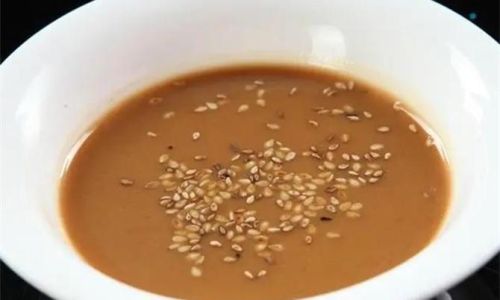
If the paste seems too thick or grainy, you can add a small amount of neutral oil, a teaspoon at a time, while blending to achieve a smoother texture. Remember, adding too much oil can make the paste too runny, so add it in moderation.
Taste and Season (Optional)
Once you’ve achieved a smooth consistency, taste your sesame paste. If desired, you can add a pinch of salt to enhance the flavor. Blend again briefly to incorporate the salt evenly.
Store Your Sesame Paste
Transfer the sesame paste to an airtight container. It will keep in the refrigerator for up to 2 weeks. For longer storage, you can freeze the paste in portions. To freeze, spoon the paste into ice cube trays or small, freezer-safe containers, and once frozen, transfer the cubes to a freezer bag. Frozen sesame paste can be thawed in the refrigerator overnight or microwaved briefly on low power.
Troubleshooting and Tips
- Too Grainy: If your sesame paste is too grainy after blending, it may mean that the seeds weren’t toasted enough or that your blender isn’t powerful enough to grind them finely. Try toasting the seeds a bit longer next time or investing in a higher-powered blender.
- Too Runny: Adding too much oil can result in a runny paste. If this happens, you can blend in a bit more toasted sesame seeds to thicken it up.
- Separation: Over time, the oil in the sesame paste may separate from the solids. This is normal. To recombine, simply stir the paste well before using.
- Flavor Adjustments: Feel free to experiment with different flavors by adding a pinch of spices like cumin, coriander, or garlic powder during blending.
- Storage: Always store your sesame paste in an airtight container to prevent it from absorbing odors from other foods in the refrigerator.
Using Your Homemade Sesame Paste
Now that you’ve mastered the art of making sesame paste, it’s time to enjoy its versatility in the kitchen. Here are a few ideas for using your homemade sesame paste:
- Hummus: Replace some of the tahini in traditional hummus recipes with your homemade sesame paste for a richer flavor.
- Salad Dressings: Use it as a base for creamy salad dressings with a nutty twist.
- Marinades and Sauces: Incorporate it into marinades for meats or use it as a base for dipping sauces.
- Baking: Add a tablespoon or two to your next batch of cookies or brownies for a unique, nutty flavor.
- Desserts: Mix it with honey, cocoa powder, and a bit of milk for a delicious, nutritious treat.
- Spreads: Use it as a spread on toast, bagels, or wraps for a quick and easy meal.
Conclusion
Making your own sesame paste is not only rewarding but also allows you to control the quality and flavor of this versatile ingredient. By following the steps outlined in this guide, you’ll be able to produce a smooth, creamy, and flavorful sesame paste that can elevate your cooking to new heights. Whether you’re a seasoned chef or a home cook looking to expand your culinary repertoire, mastering the art of making sesame paste is a skill worth having. Happy blending!
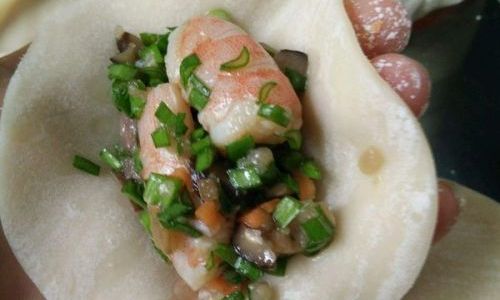
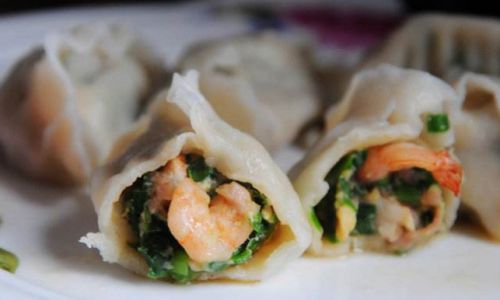
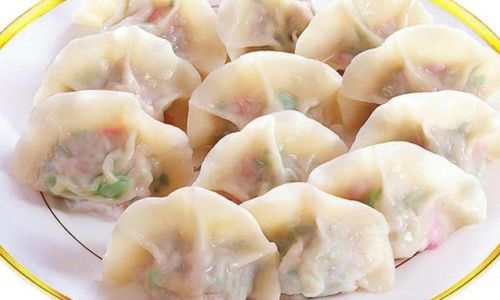
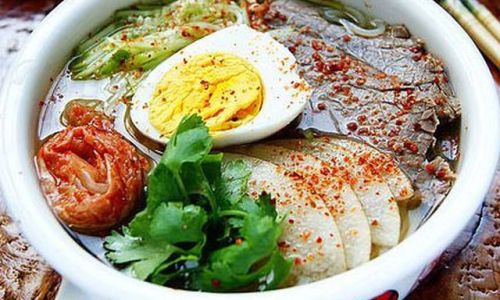
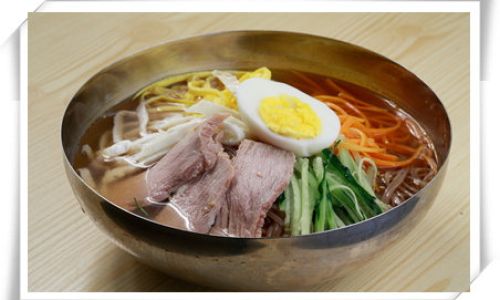
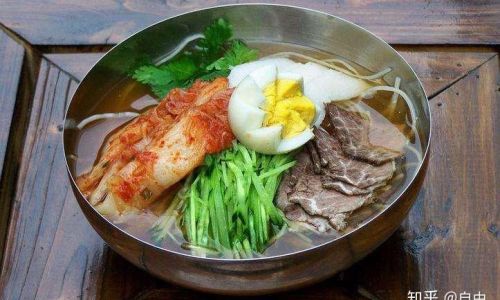
0 comments